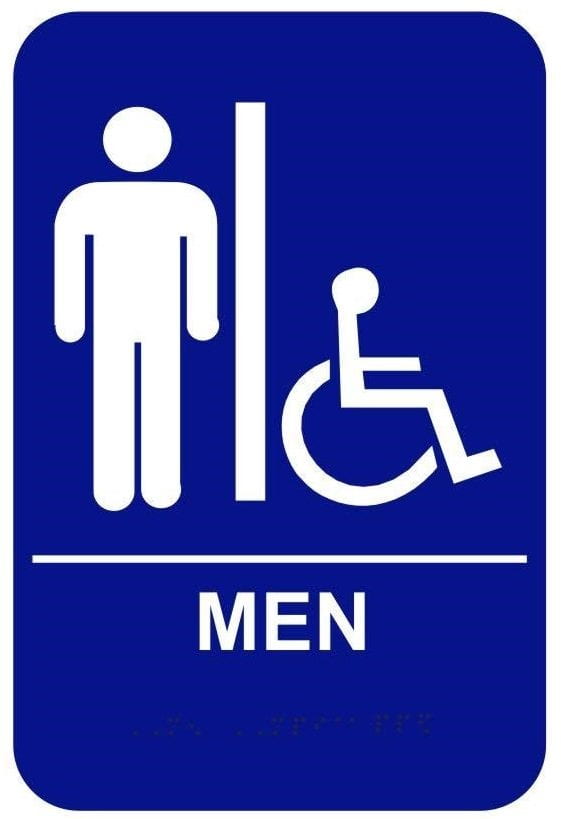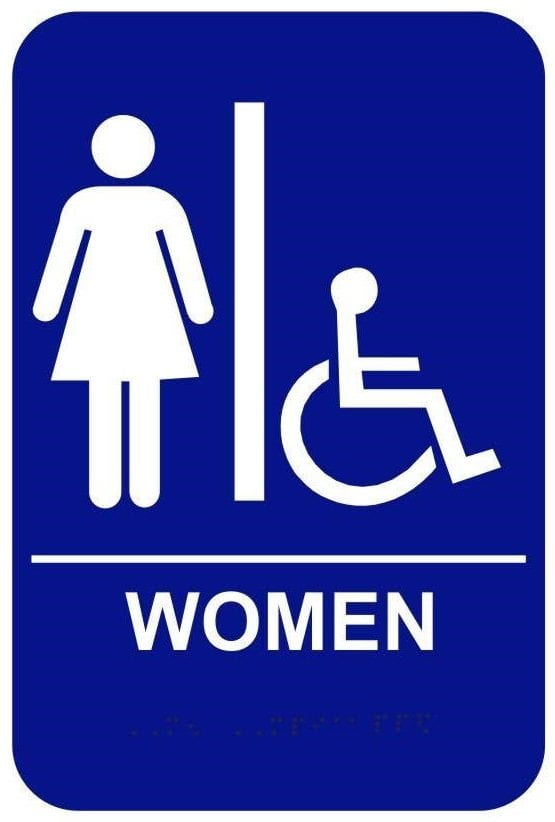Attending Wellesley, an All-Women’s College
Seeing the Stars
Imagine you go outside after you’ve left your well-lit house. You look up and all you see is a black sky. However, your eyes start to adjust to the lack of surrounding light and your vision starts to change. Slowly, you observe these specks of light that become brighter as you stay outside. And finally, after a while, you see innumerable stars brightly speckling the dark canvas of the night. I think this phenomenon aptly describes my Wellesley experience.
For the most part, my Wellesley life was a reflection of my time at Amherst: I went to classes, hung with friends in dorms, played chamber music, went to church, and unfortunately saw the sun rise from my position writing essays on the common room couch on multiple occasions. However, in the absence of my guy friends and male classmates, I began to really consider the impact of their presence on my experience of college life and address issues of gender and representation that I hadn’t bothered with before.
“Sometimes my dining hall
looked like a pajama party.”
I felt less pressure to “dress to impress.” This pressure might have originated from my high school dress code days, when we were banned from wearing jeans except on predetermined days, but it’s something that’s stuck with me. I enjoy dressing well, but sometimes the pressure to choose was debilitating enough to make me late on numerous occasions; it could take me a few minutes to almost half an hour to find the “right” outfit.
This still happened a few times, which my Wellesley roommate can attest to, but overall, it happened less, and I attribute it to two things:
1) When you’re in a secluded campus 30 minutes from Boston and thrust into a rigorous academic environment with driven students, there’s no time or point worrying about clothes. I focused on doing well academically and doing whatever possible to maintain my physical and emotional well-being, which often involved consuming Oreos and burrowing in fuzzy warm blankets.
2) I felt comfortable enough not to worry about what I wore. Often when I went for breakfast, I thought that sometimes my dining hall looked like a pajama party. My eyes were drawn to pairs of fuzzy pink pajama slippers, striped or polka-dotted pajama sets, or t-shirts and sweats worn by students queuing up for scrambled eggs and sausages. It’s a common sight at Wellesley, where most dorms have their own dining halls and students can crawl out of bed to come eat—a situation I took full advantage of. While I did not crawl, there were definitely times when I lazily got out of bed, donned my fuzzy slippers, threw on a green facial mask, and went straight to the dining hall for pizza. I felt at home to do my own thing without fear of judgment.
The Wellesley Effect at Work
The “Wellesley Effect,” as described by my Wellesley friend (thank you, AJ), is a phrase used to describe the principles, ideals, and beliefs women have cultivated throughout their time at Wellesley. It represents the elucidation a Wellesley education can provide and the unity that comes from having experienced such an education.
I was curious to see what sort of “Wellesley Effect” I might experience in a semester. And while it wasn’t a superhero-like charge up to crash through glass ceilings and subvert the patriarchy, I found that I became more aware of the presence/absence of gender and representation in everyday things.
- Girls vs. Women: One weekend in Boston, I was with Wellesley friends for a church event. We were waiting around talking when a non-Wellesley friend shouted, “Wellesley girls!” to grab our attention. I can’t remember why it was called out, but I noticed that everyone around me shouted back, “Wellesley women!” as if the label “girls” was an offense. This scenario would happen again and again throughout my semester—in different settings and with different people—but what remained constant was this problem with being called “girls.” The difference between “girl” and “woman” is that the former is associated with diminutiveness and disempowerment while the latter is associated with confidence and power.
- Electrical cables: While I was working in lab, a lab mate was fiddling with electric wires for her project. She referred to the ends of the wires as female and male respectively and noted how the male end plugs into the female end. I didn’t realize that things as commonplace as electric cords also had gender roles assigned to them.
A changing table
- A restroom at a Korean restaurant: At the beginning of winter break, I was in a Korean restaurant with my family. In the women’s restroom, I was looking into the mirror above the sink faucet and glanced upon the baby changing station in the reflection. I suddenly thought, do men have a changing station in their restroom? I had never questioned this before and after I left the restroom, I asked my dad that very question. He replied that they do now but years ago changing stations were only in the women’s restroom—most likely due to the traditional role of women as the child rearers.
- Campus buildings: When my Amherst friends came to visit, I brought them to “Lulu” or the Lulu Chow Wang Campus Center, named after an Asian American alumnae known for her influence in investments and philanthropy. The name of the building shocked them. Someone commented something along the lines of, “The student center is named after an Asian woman? That’s insane.”
Having visited the center multiple times because of my mom and sister, I was familiar with the building and didn’t think much of the significance of the building’s name. But after my friend’s comment, I tried thinking of any buildings with Asian-American names and came up with nothing.
The significance of buildings like “Lulu” is similar to the significance of Asian representation on films and TV shows. I believe seeing an Asian-American woman’s name on a building or Asian-American actors in a blockbuster film (i.e. “Crazy Rich Asians”) can break down stereotypes and empower future Asian-Americans (plus women in the former case) to believe they too have a place in those realms.
I chose to talk about things that impacted me more personally and were tough to wrestle with. They took time to bear fruit and, as seen in my Korean restaurant instance, are still developing even after my time at Wellesley (the restroom incident really surprised me). I’m really grateful for this awareness. However, much like with a co-ed education, there are limitations that offset the weight of an “all-women’s learning environment.” I also experienced less glamorous aspects of social and academic life at Wellesley that contrasted with my co-ed experience at Amherst—something I hope to cover in my next post.
Nevertheless, I hope that when I return to Amherst, and am once again surrounded by my guy friends and classmates, I’ll still be able to retain this aspect of the Wellesley effect and see stars I hadn’t noticed before.
*Pictures courtesy of Google Images





